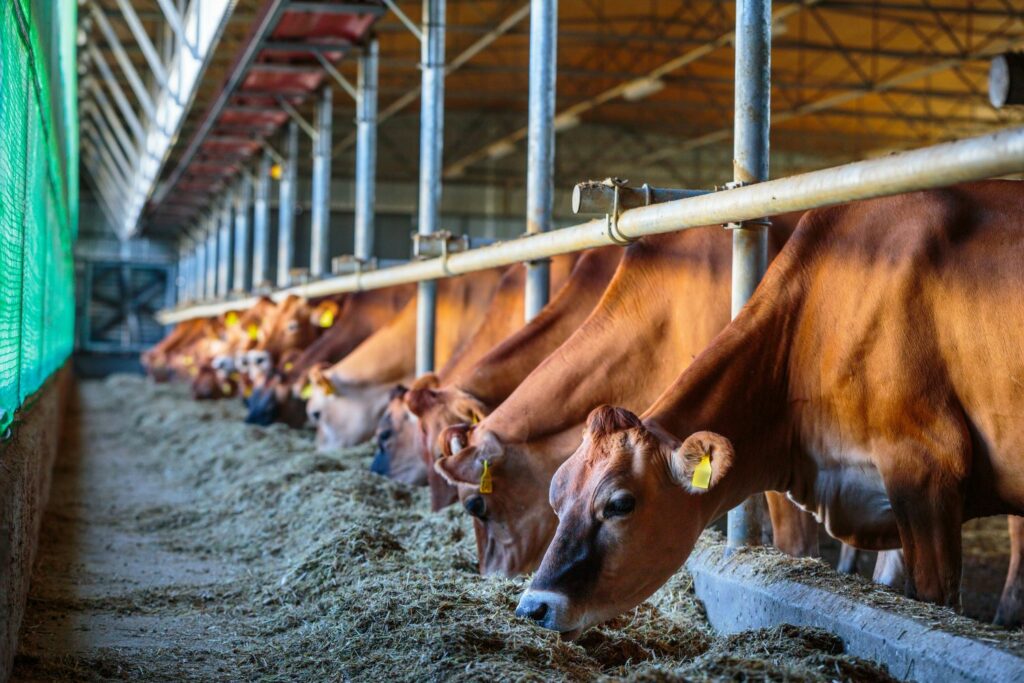Dairy farmers warned of increased mycotoxin risk this winter
21st October 2022
Dairy farmers feeding maize this winter should be on high alert for signs of mycotoxin contamination in silage, to avoid toxicity and decreased milk production, agronomist warns.

Stock image for illustration purposes only.
Growing conditions this year have created a higher risk of mycotoxins contaminating maize silage that could directly affect herd performance on dairy farms, BCW Agriculture’s agronomist Dave Harris warned.
He said the increased risk is due to the dry weather causing the stover to open early in many crops, allowing birds and insects to cause damage. The arrival of wet weather has also contributed to the higher-than-average prevalence of mycotoxins in maize this year.
“Many crops have a dry matter (DM) of 40% or above, increasing the risk of heating and mould formation once opened,” Mr Harris added.
He recommended farmers consult their nutritionist if they are concerned about mycotoxins in their silage this winter. Moreover, he advised farmers to test their forage to assess the risk posed to livestock and suggested using proven bacterial inoculants to minimise the development of mycotoxins in next year’s crop.
Meanwhile, Lientjie Colahan, who provides technical sales support at Lallemand Animal Nutrition, says the negative effects of mycotoxins can be reduced and even eliminated by promoting rumen function and removing visibly mouldy forage.
“This is important because mycotoxin symptoms such as intake reduction and milk production losses are also symptoms of ruminal acidosis,” she explains.
Other harmful effects of mycotoxins in ruminants include reduced nutrient absorption, impaired metabolism, immune system suppression and changes to hormone production. [1]
Mrs Colahan says an effective way of promoting rumen health and function is by feeding a rumen-specific live yeast in combination with a mycotoxin adsorbent.
“Live yeast can help raise and stabilise rumen pH for an improved microbial balance, reinforcing the rumen’s natural detoxifying ability. Recent studies have also shown that specific live yeast can trigger enhanced rumen wall immunity, reinforcing the barrier between ingested toxins and the blood stream,” she added.
Mrs Colahan’s other tips for reducing the risk from mycotoxins are:
- Never feed mouldy silage to any livestock
- Keep feed and water troughs clean
- Regularly clean feed wagons
- Store concentrates and blends in dry conditions away from pests.
[1] Rordrigues (2014) “A review on the effects of mycotoxins in dairy ruminants”. Animal Production Science, 54(9): 1155-1165. Available at: https://www.publish.csiro.au/AN/AN13492
